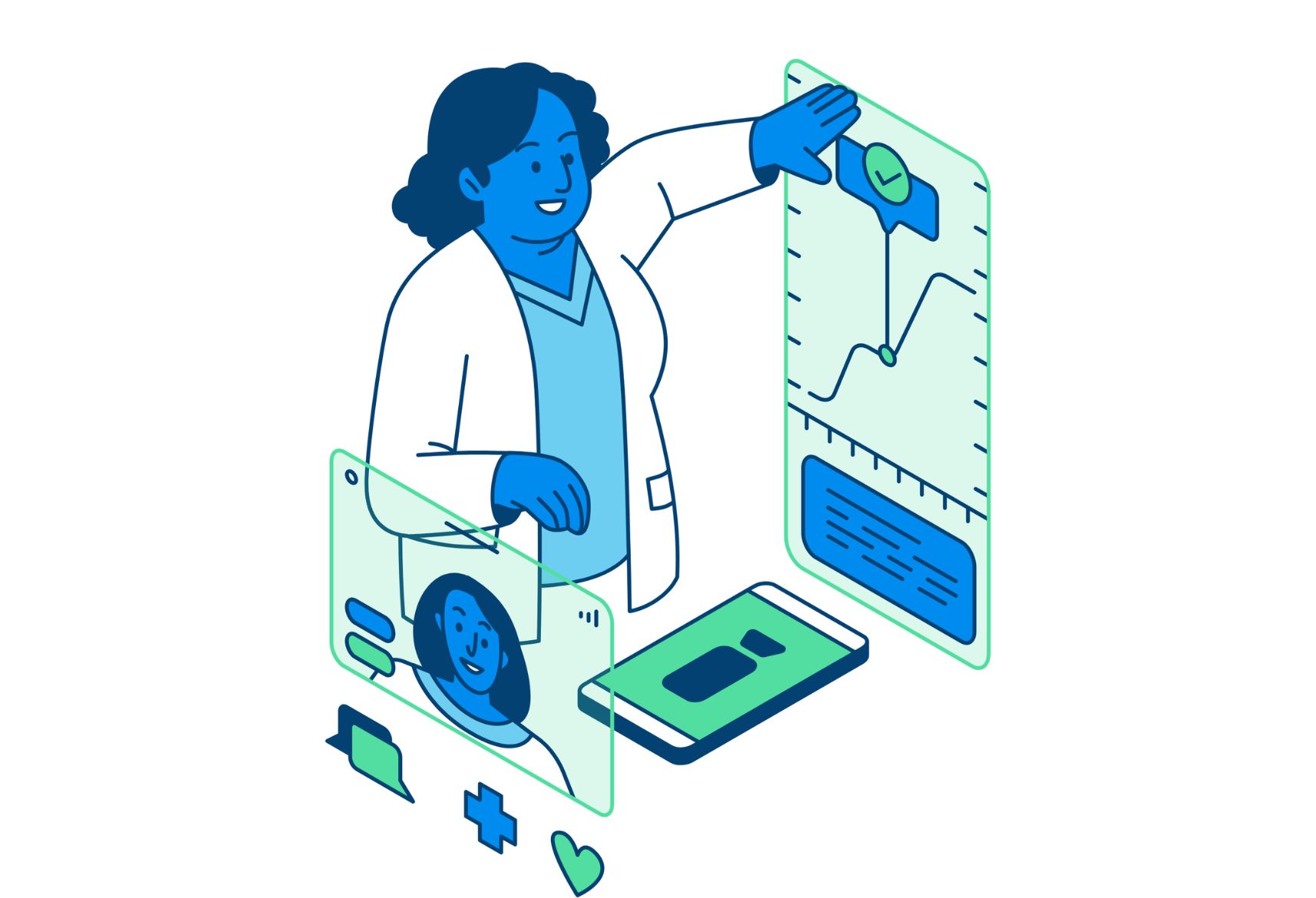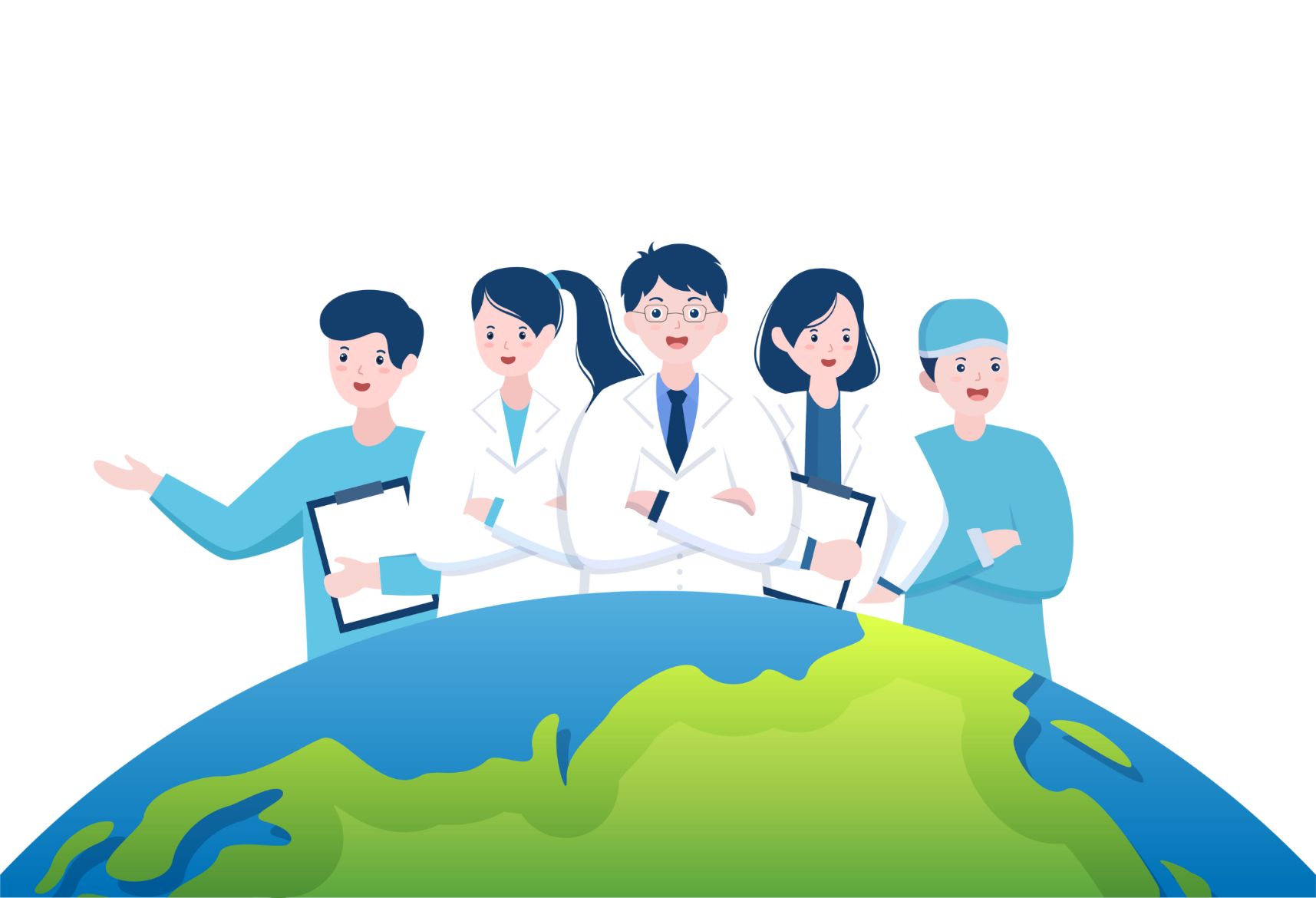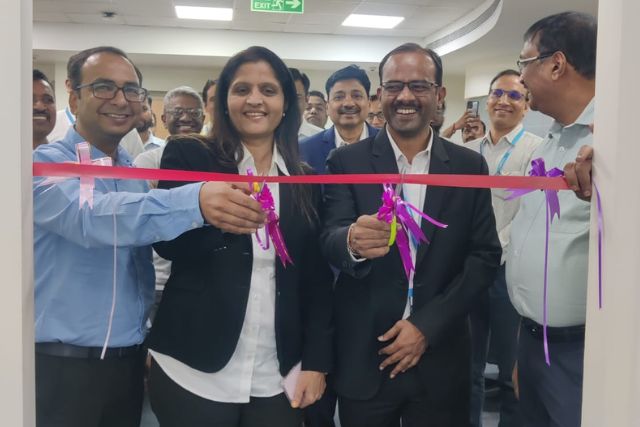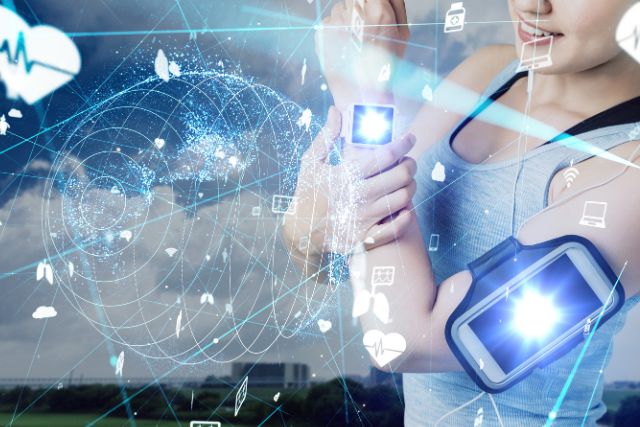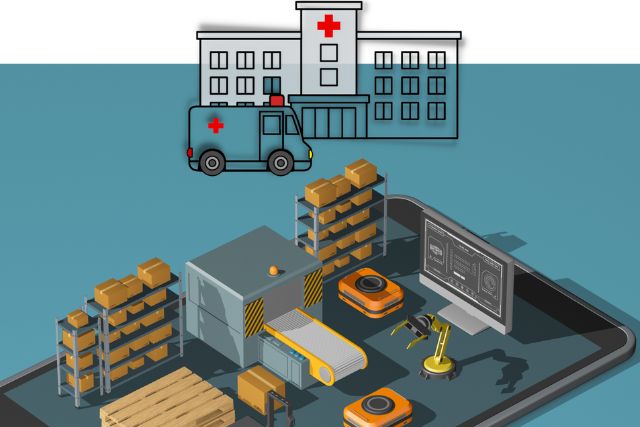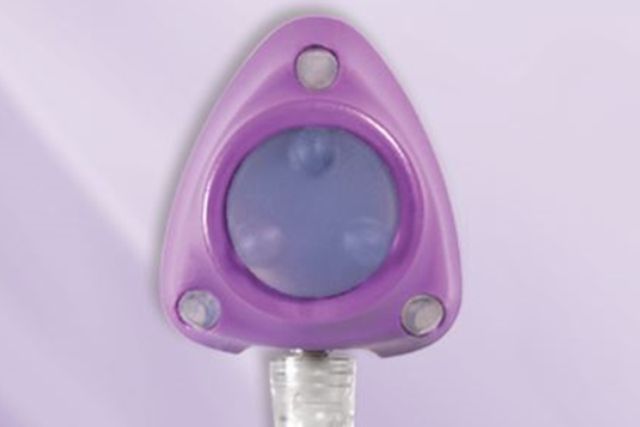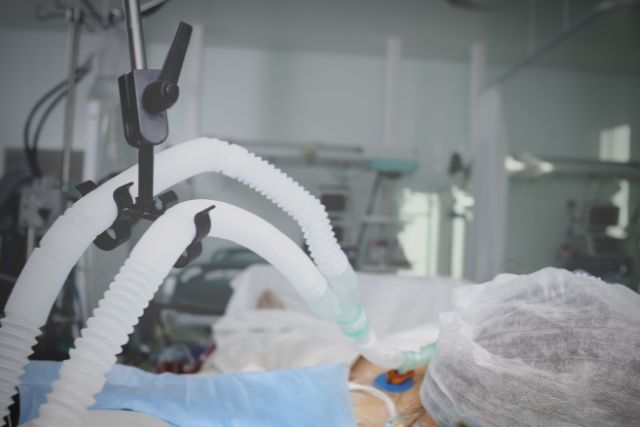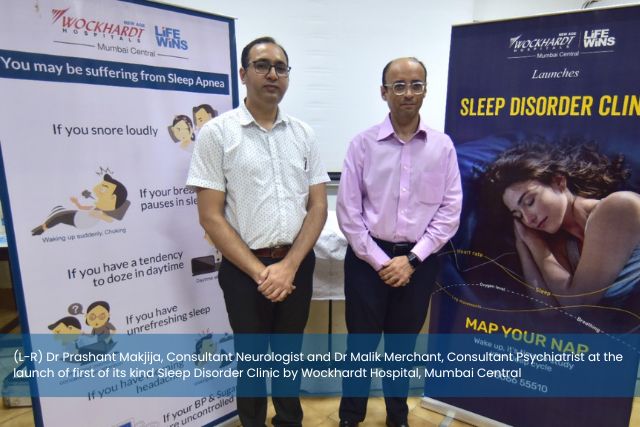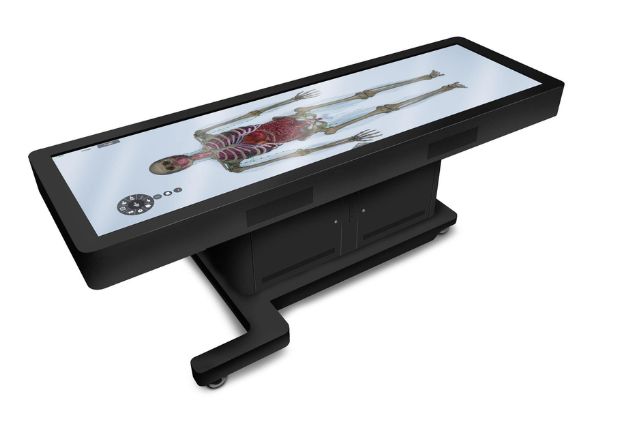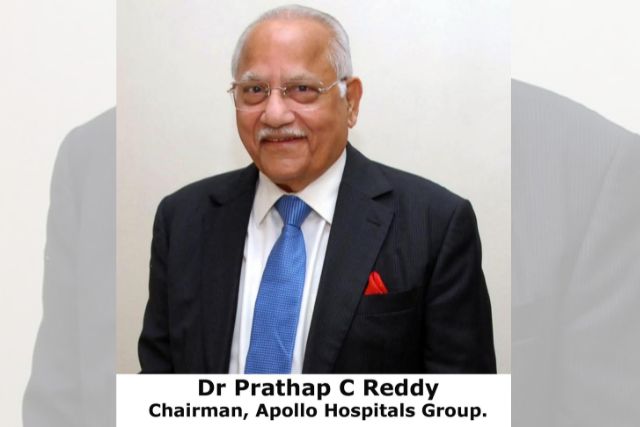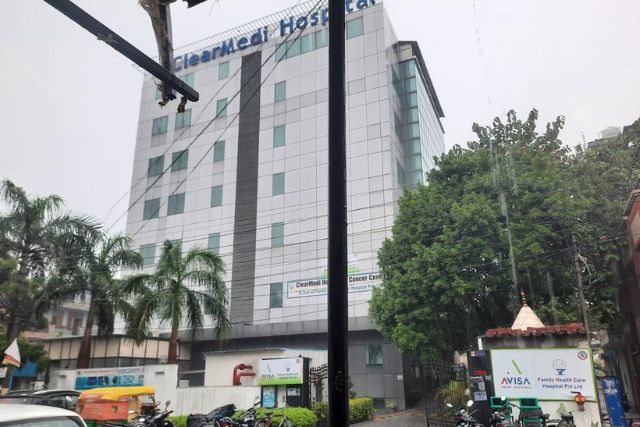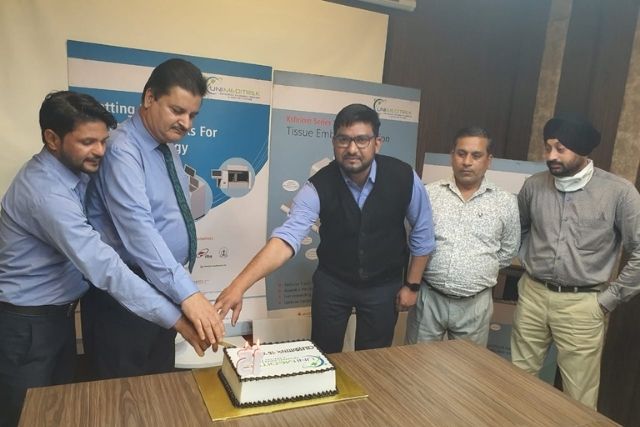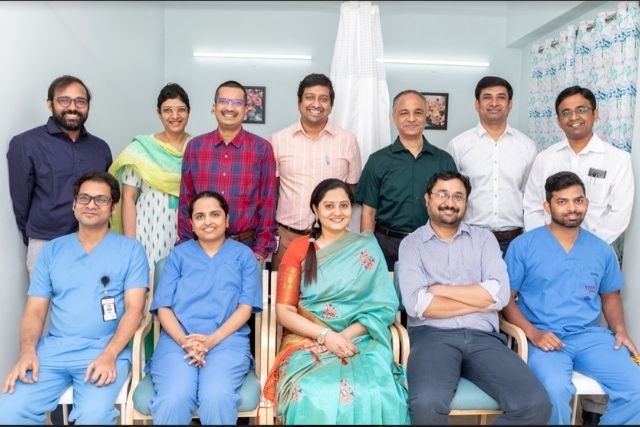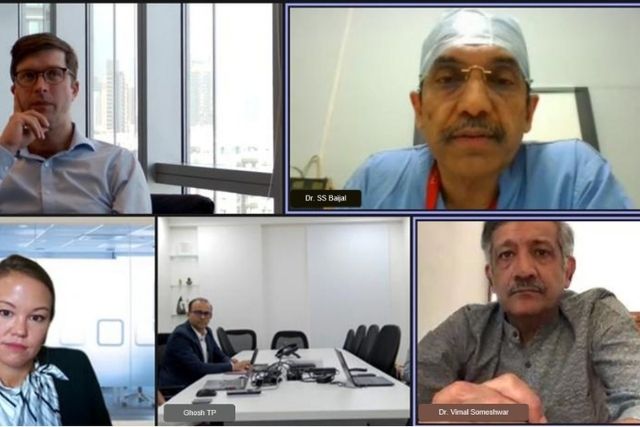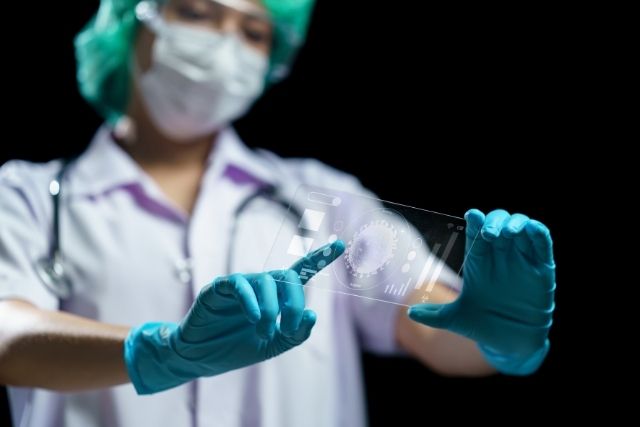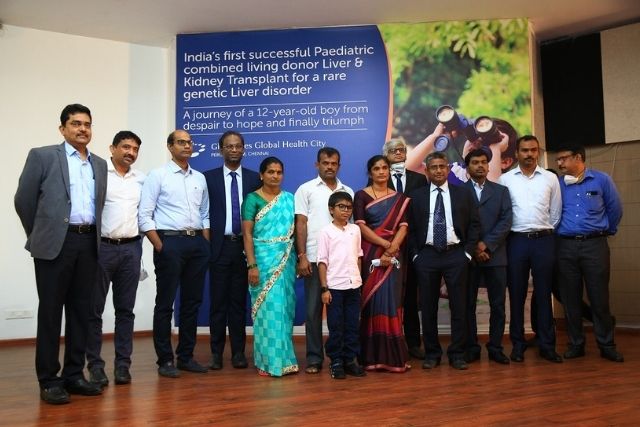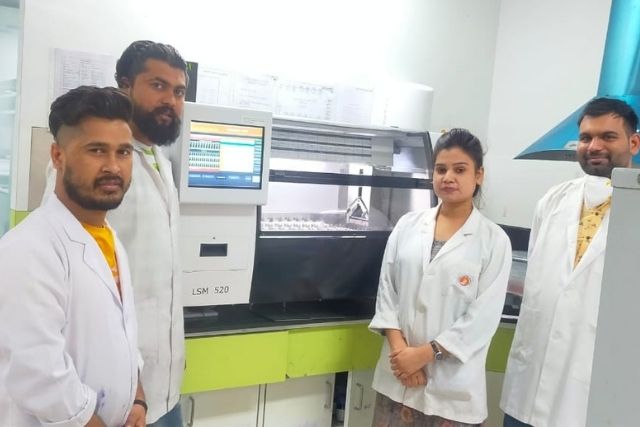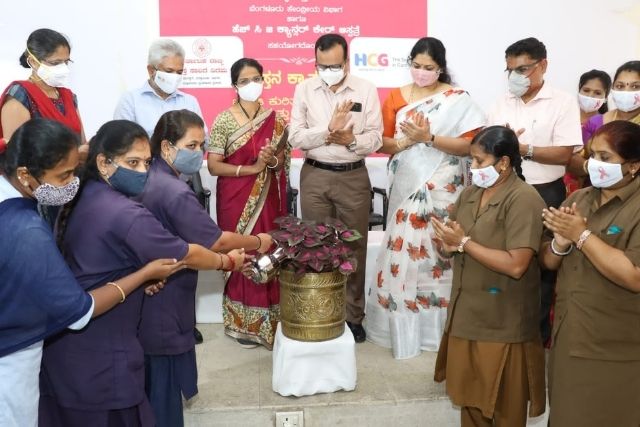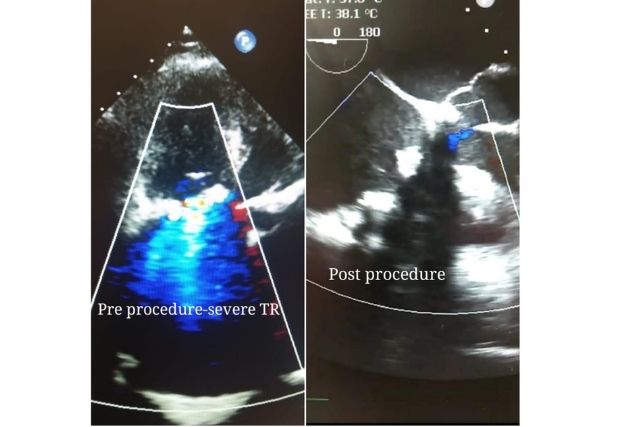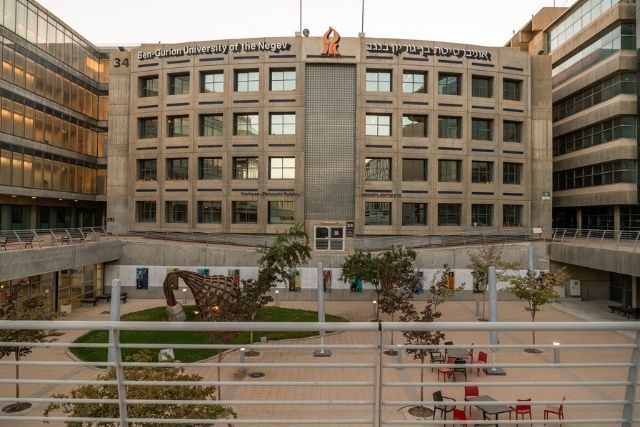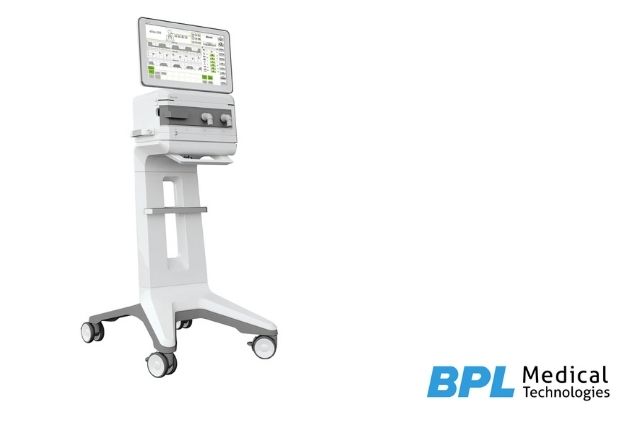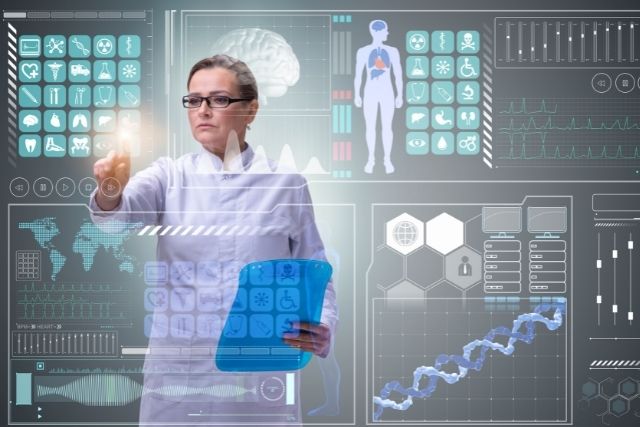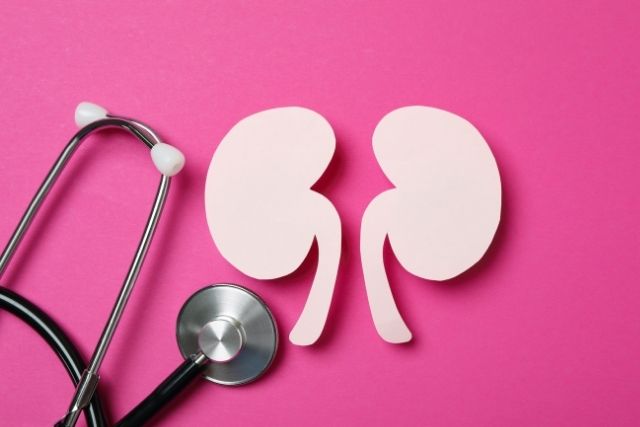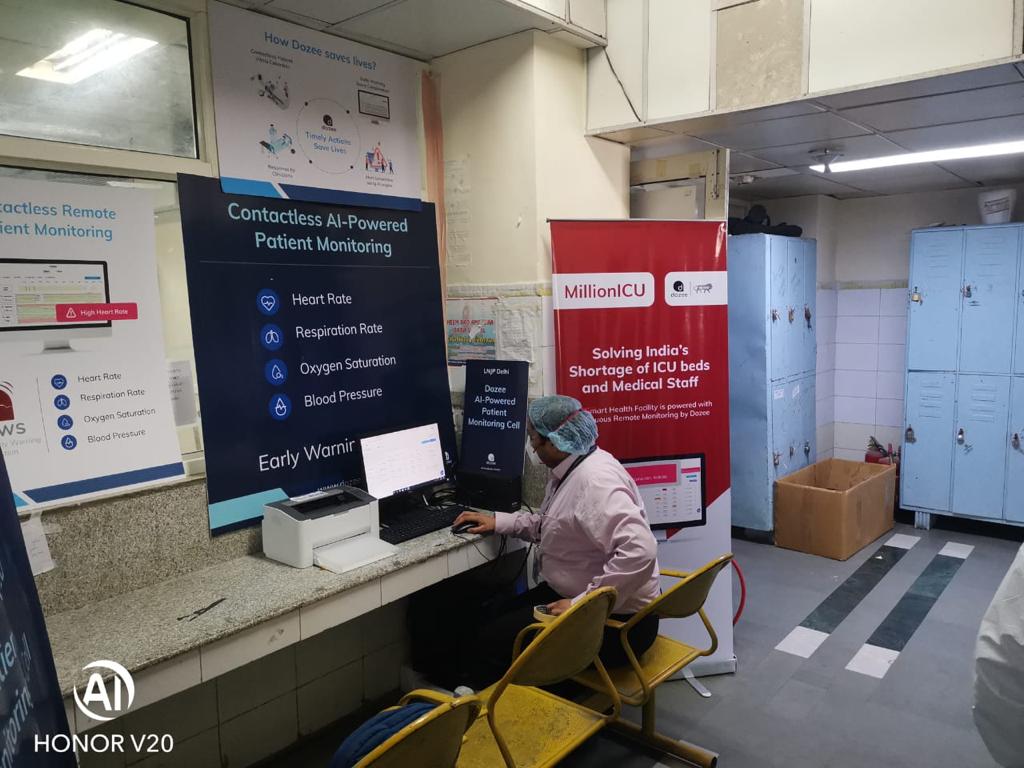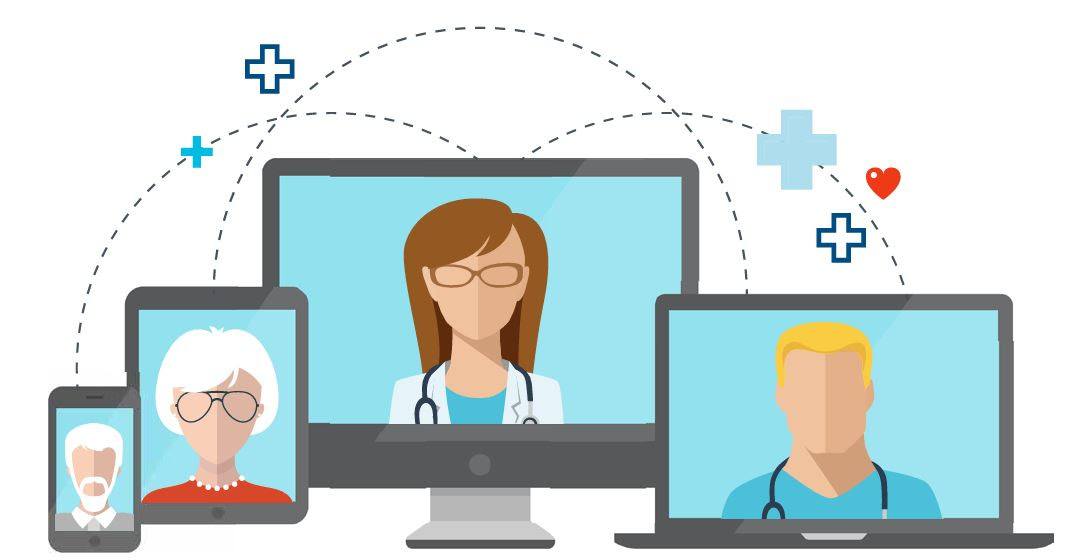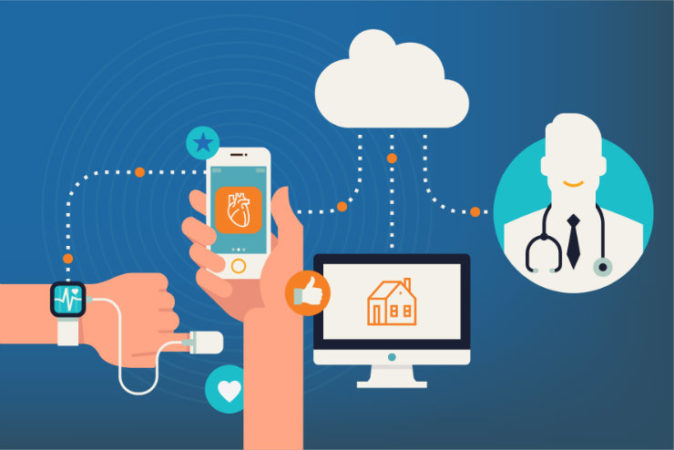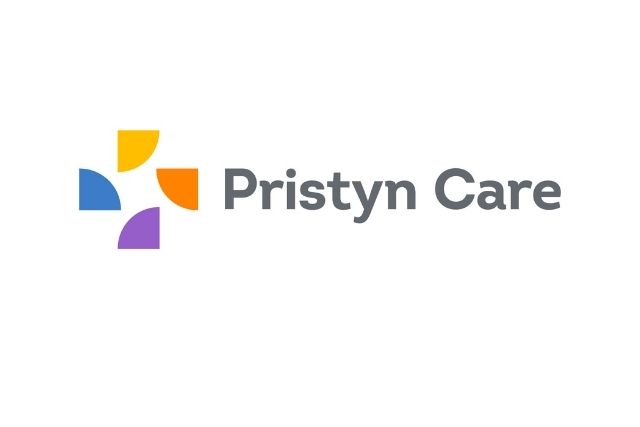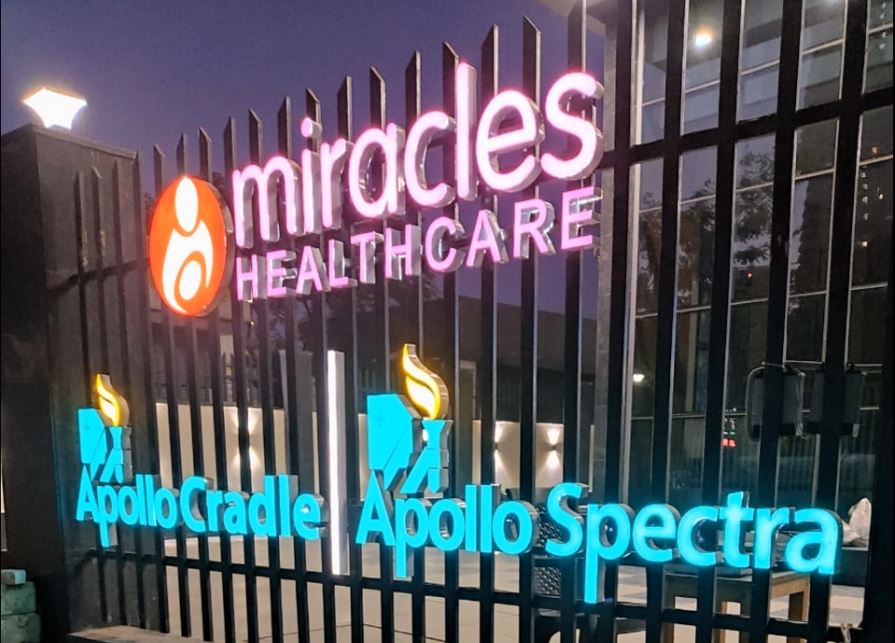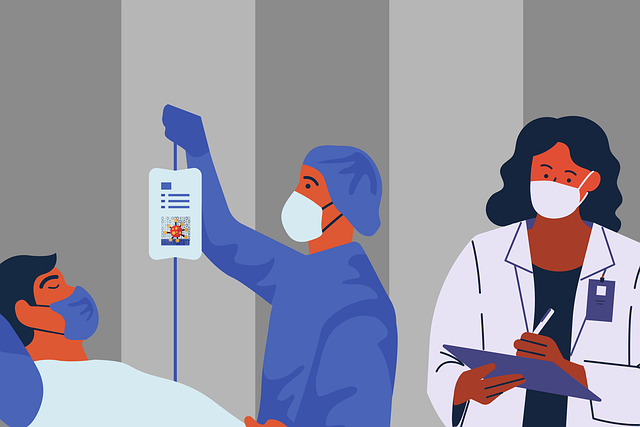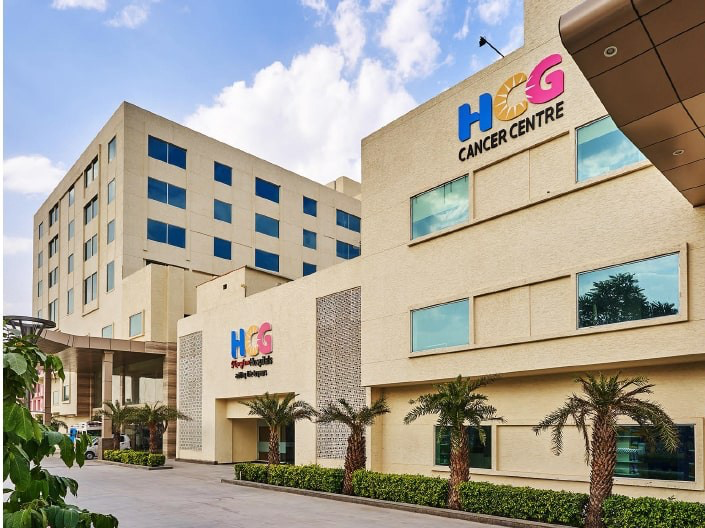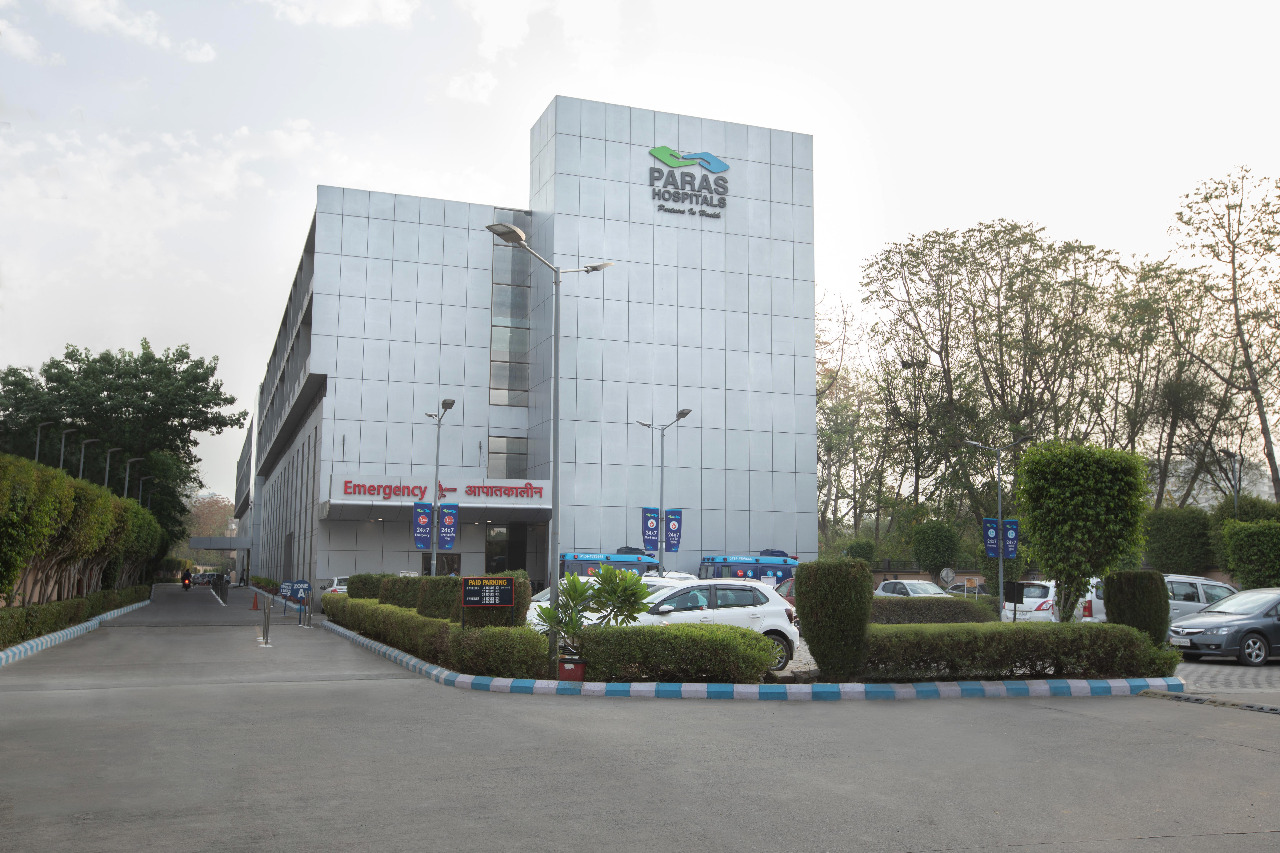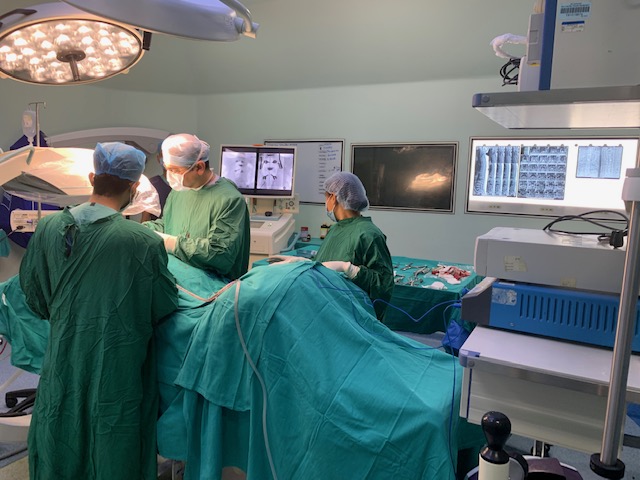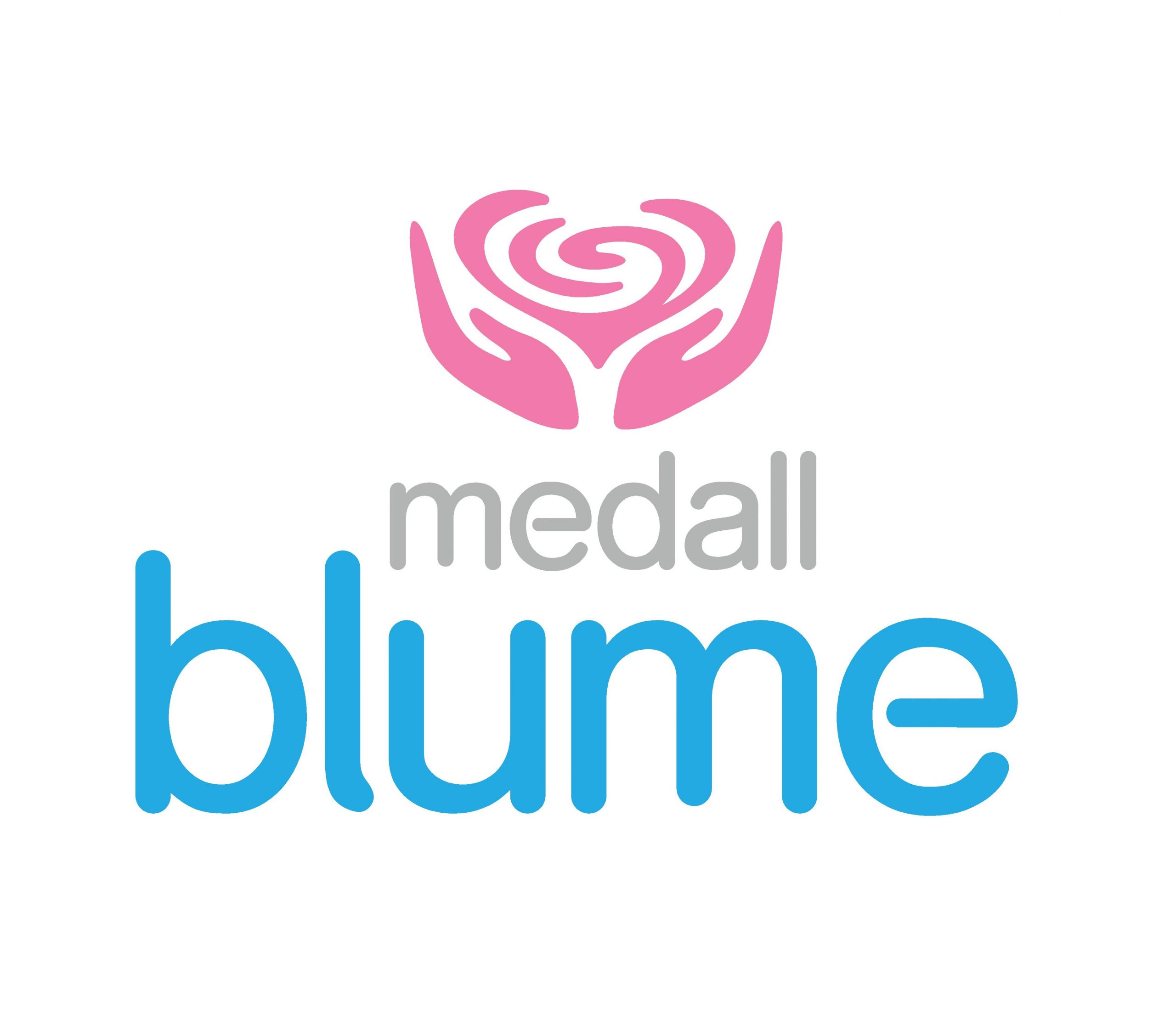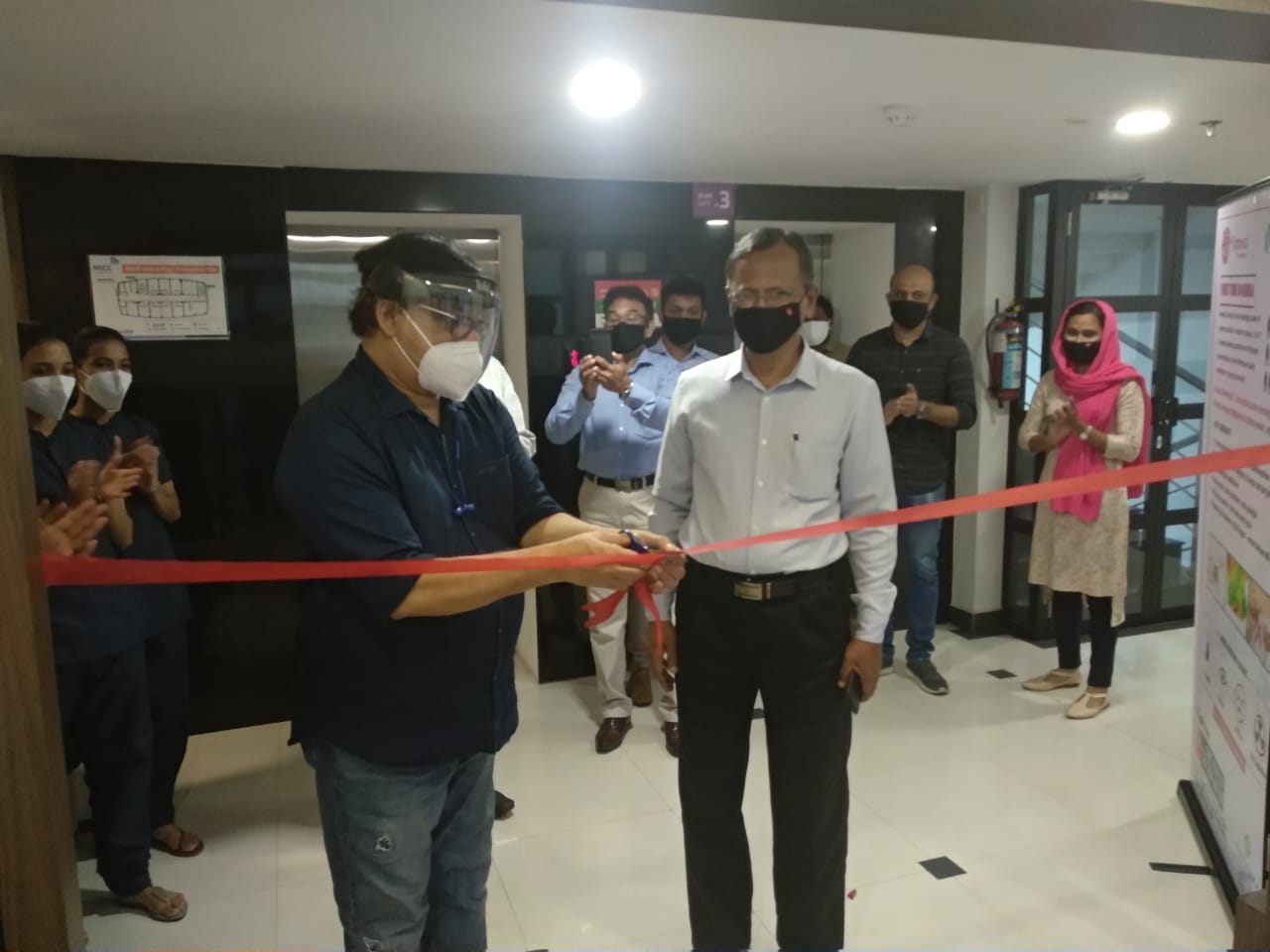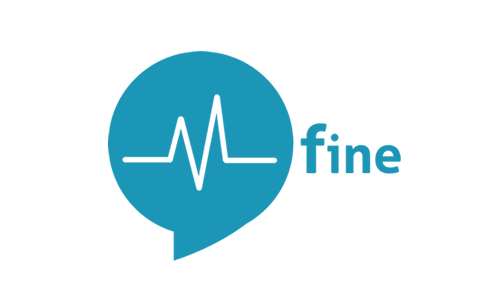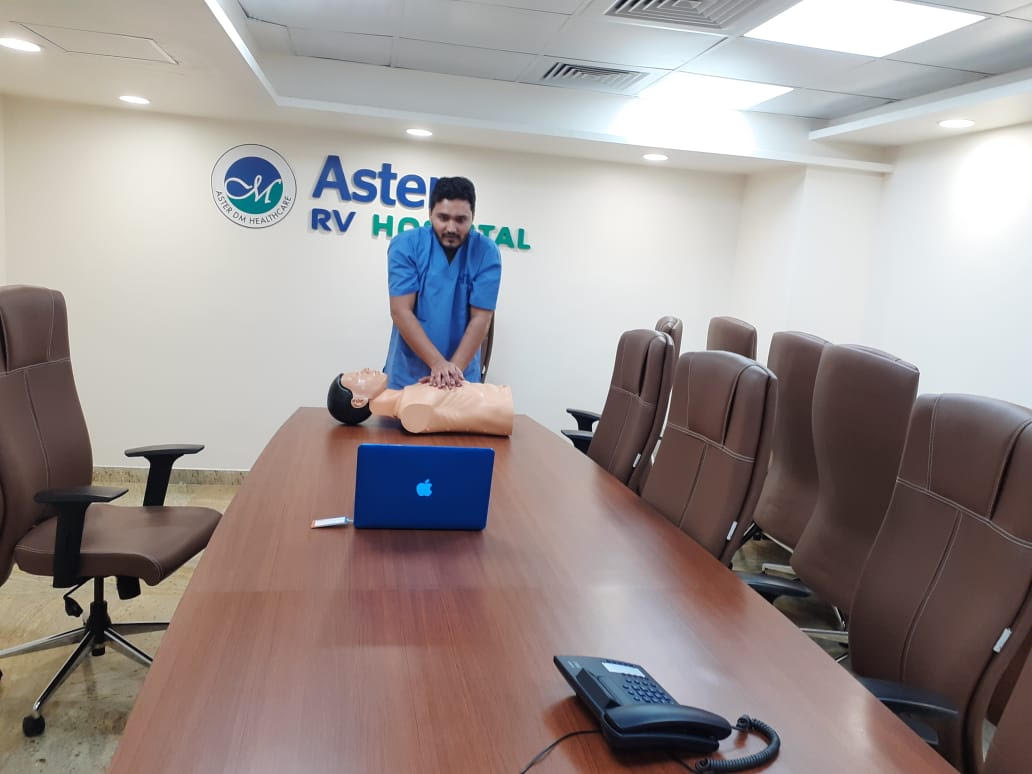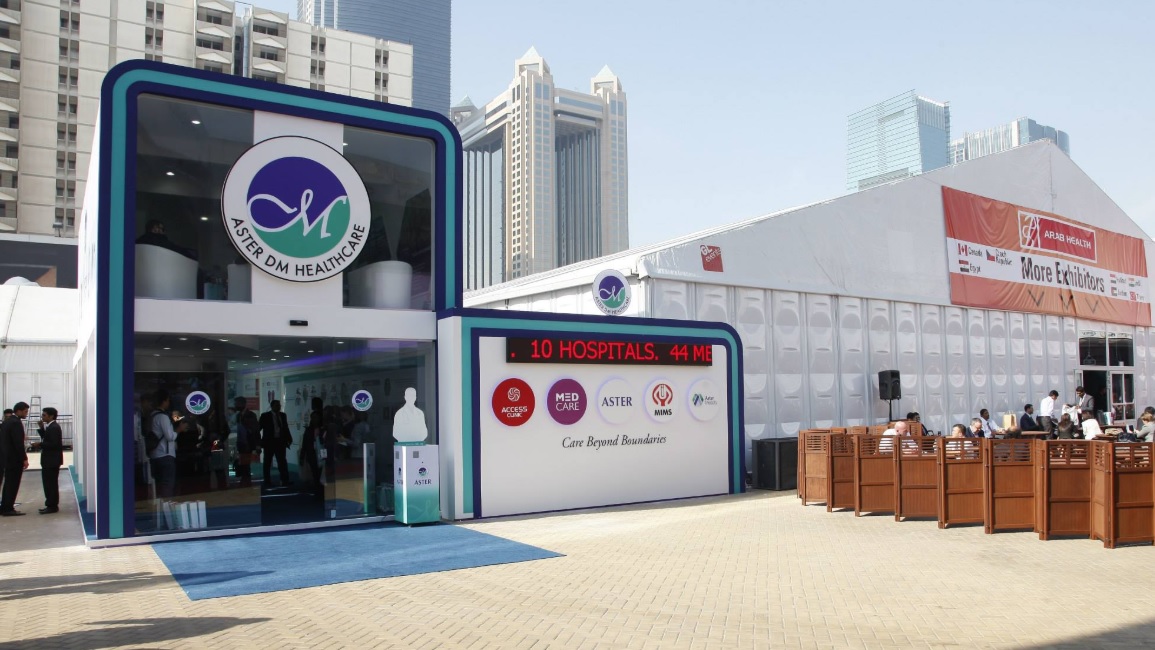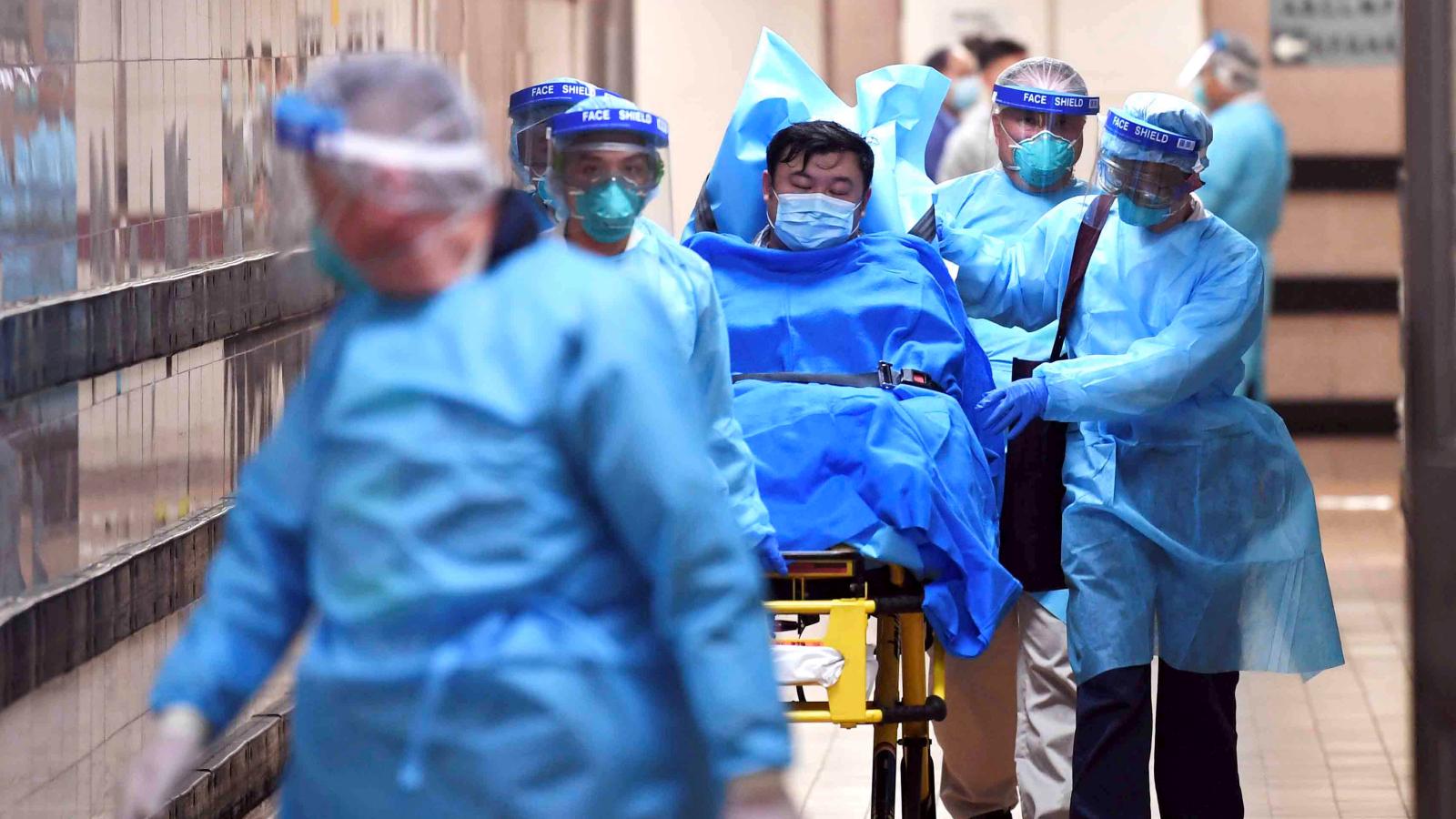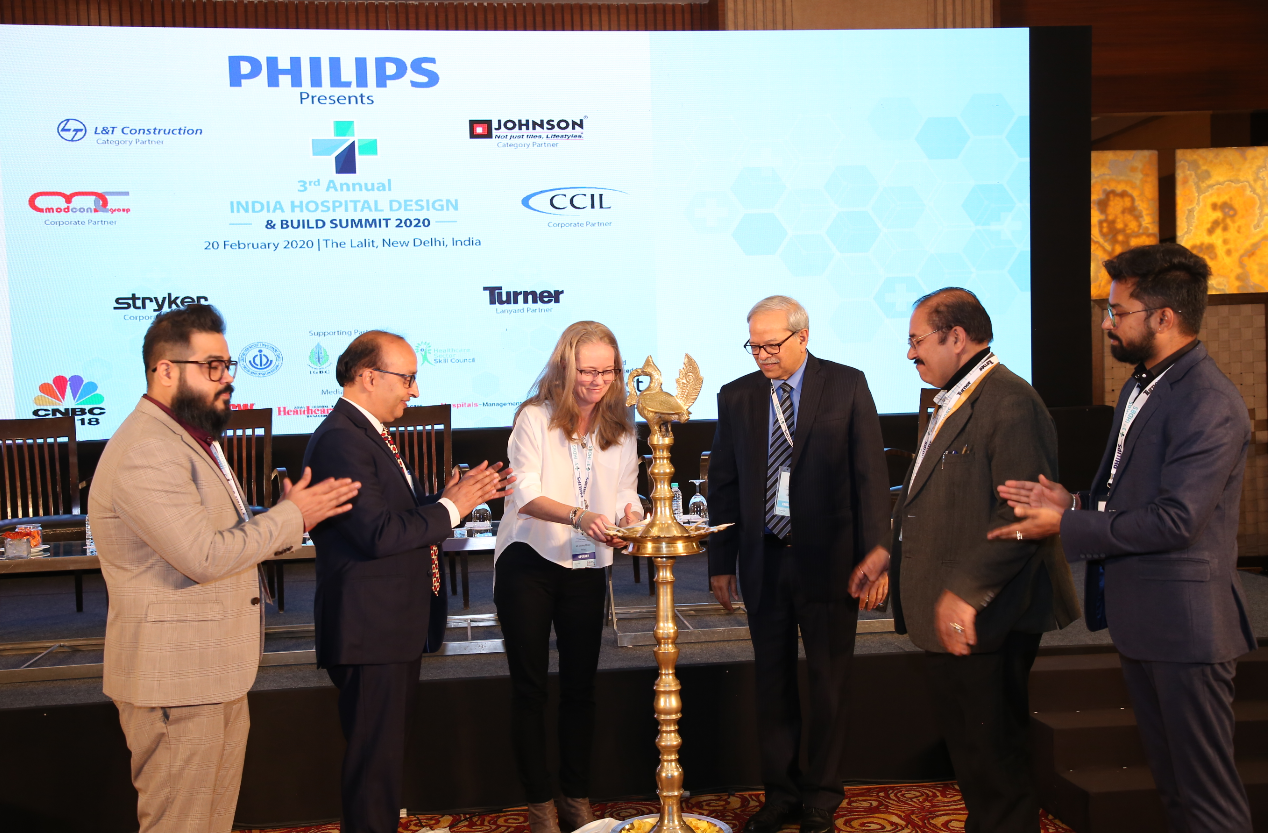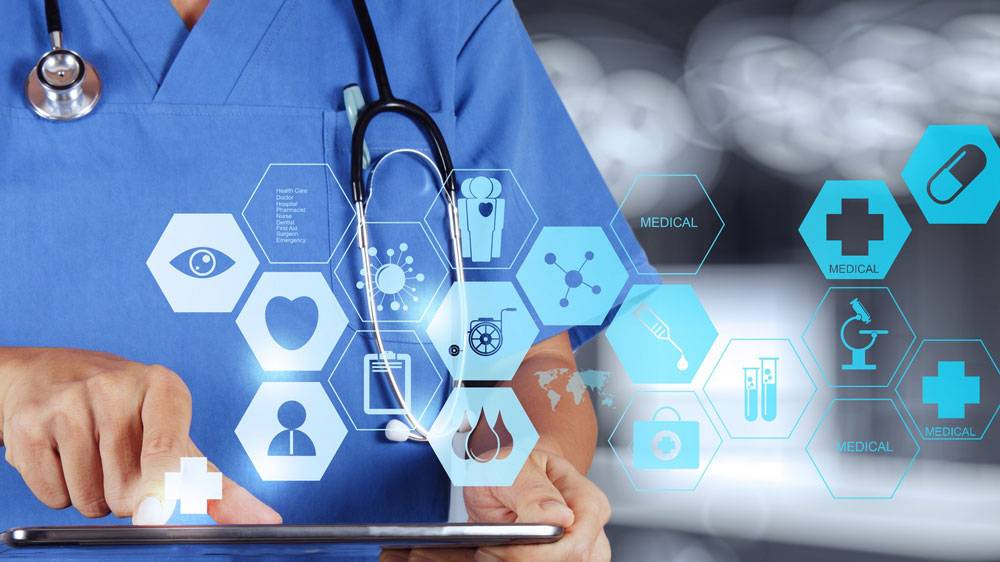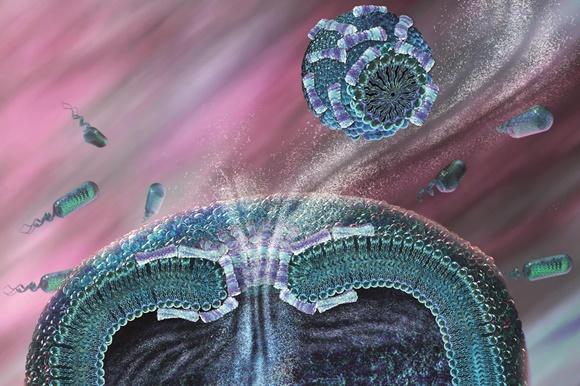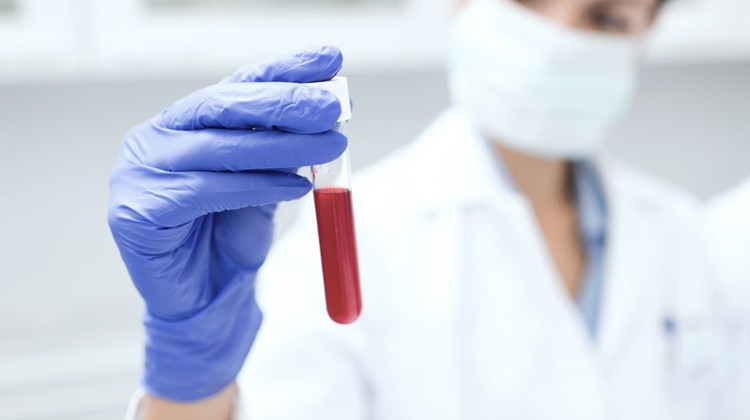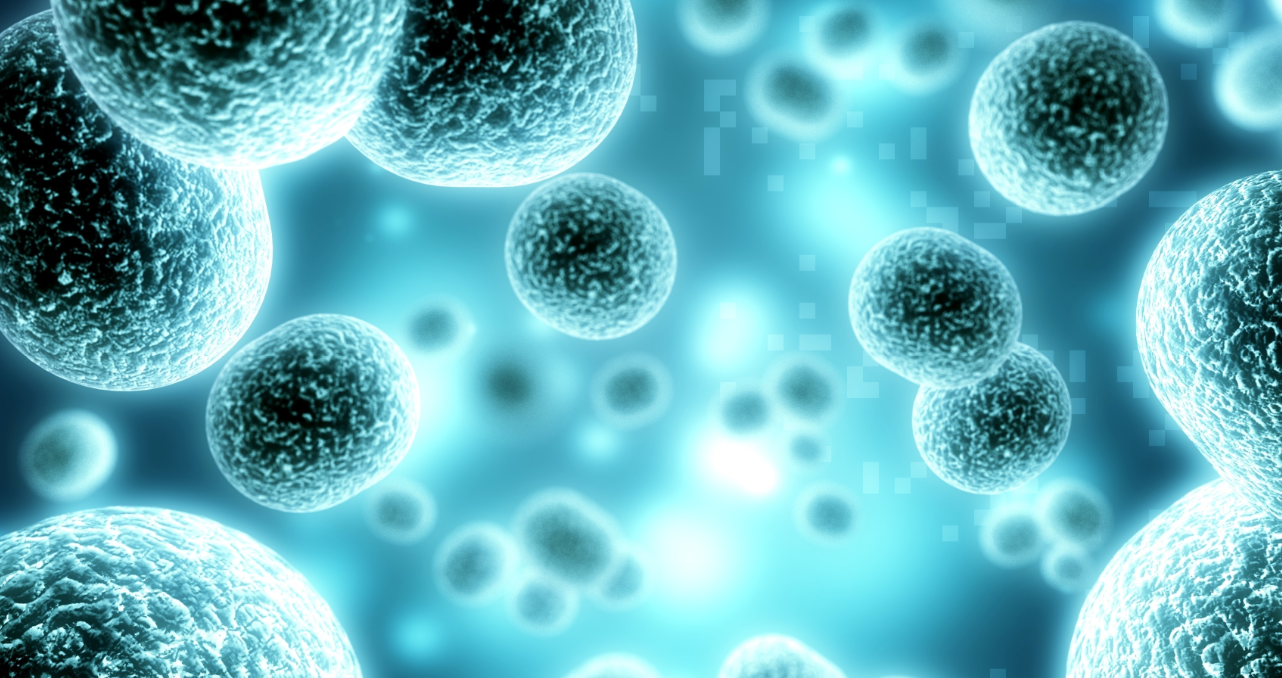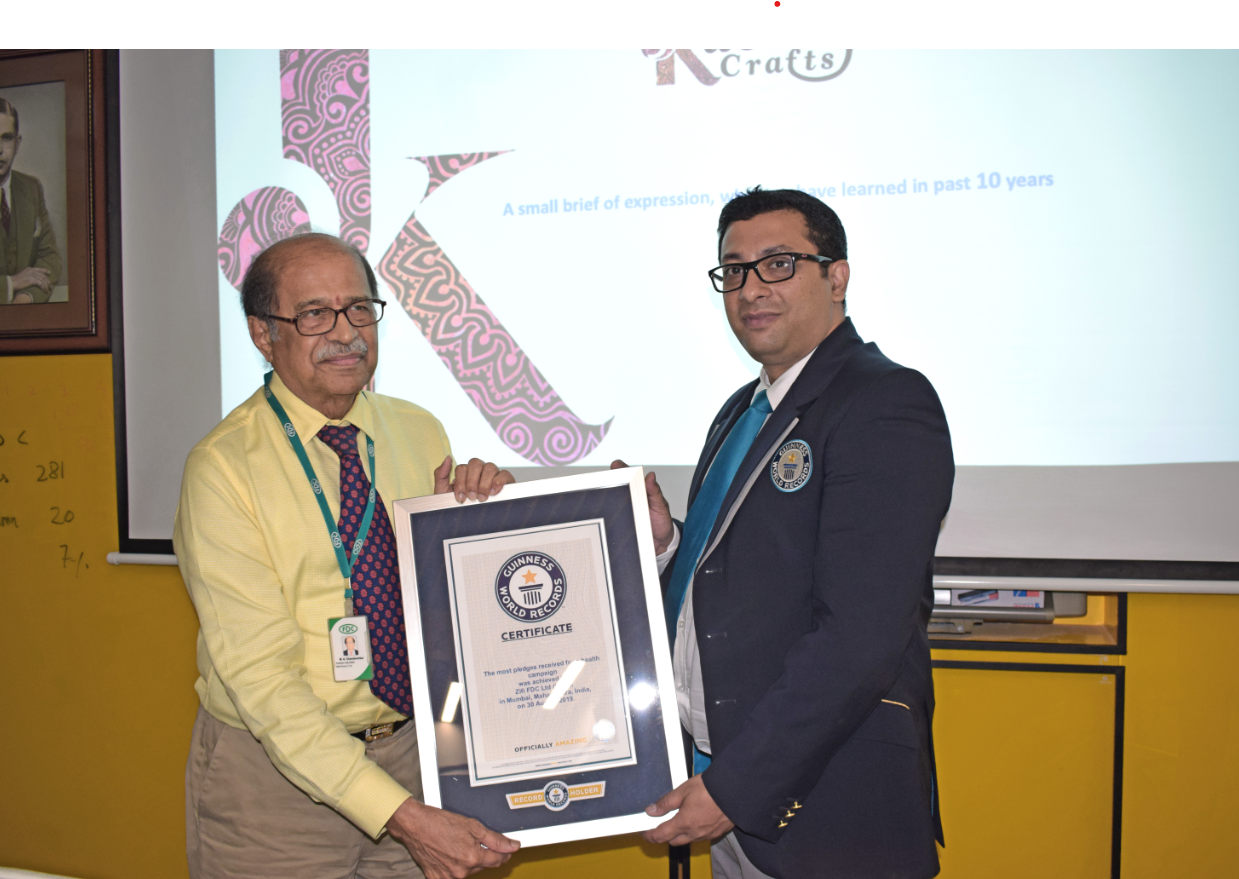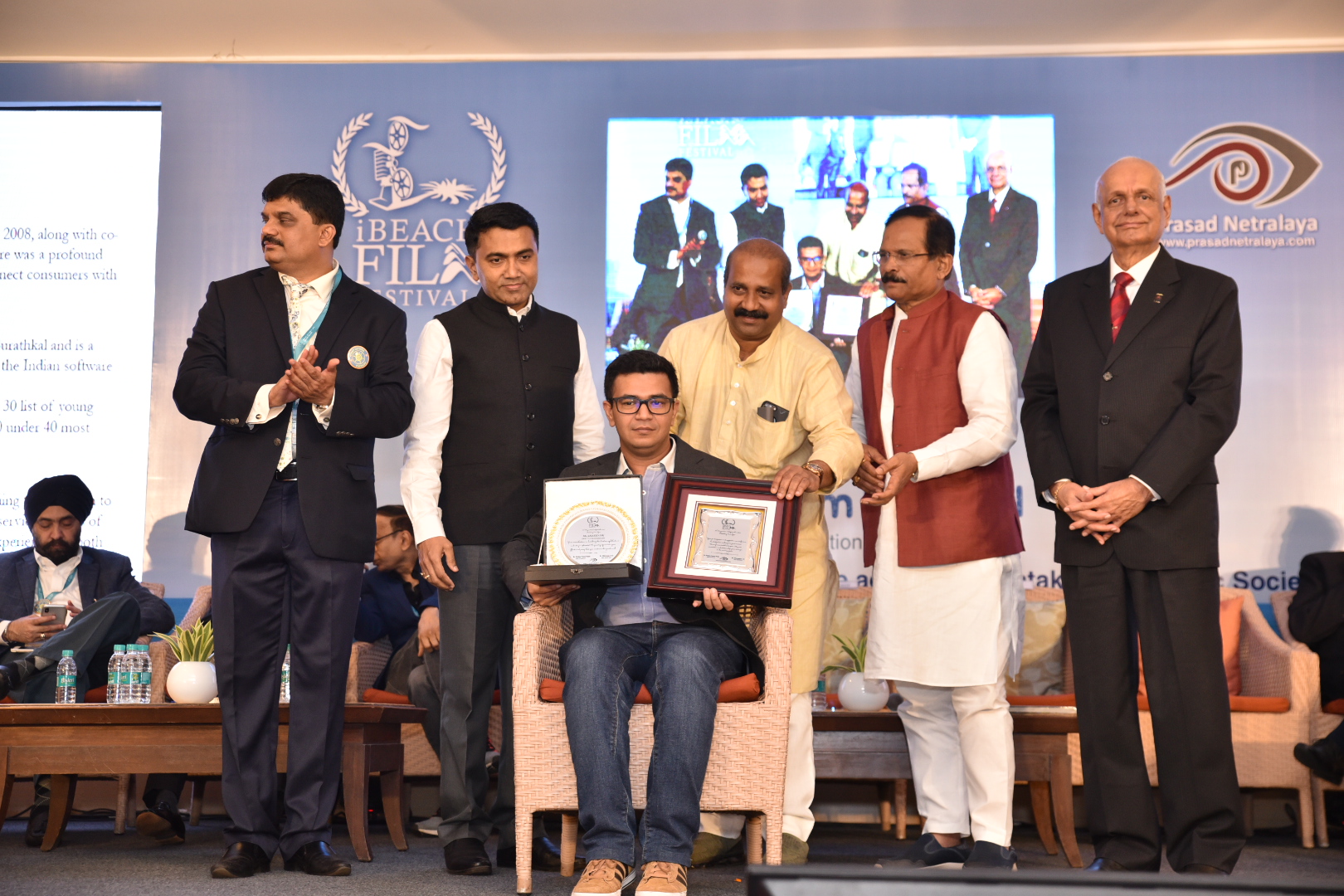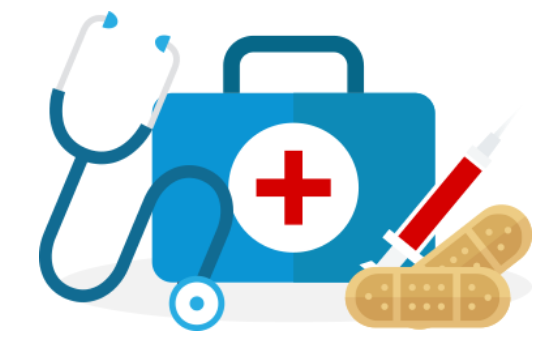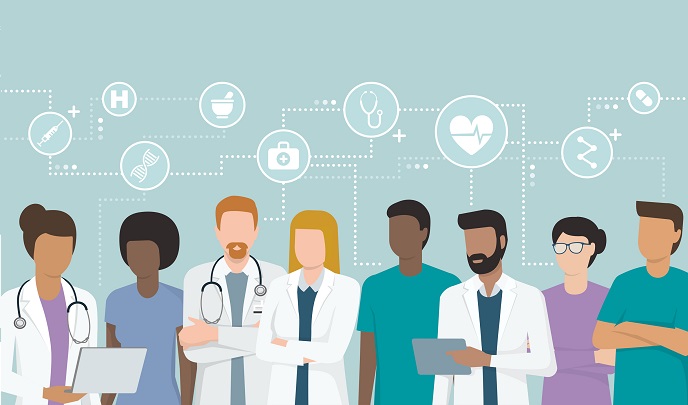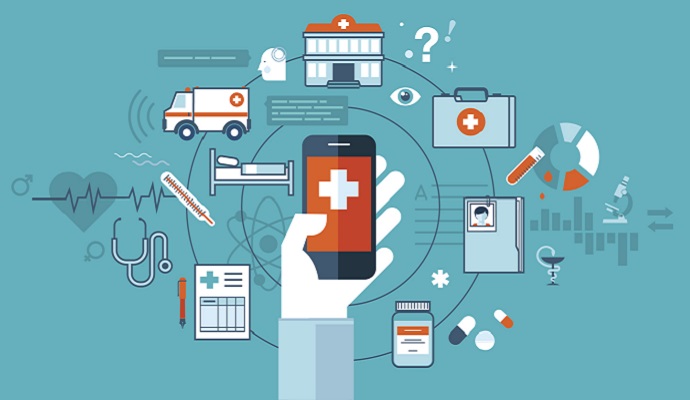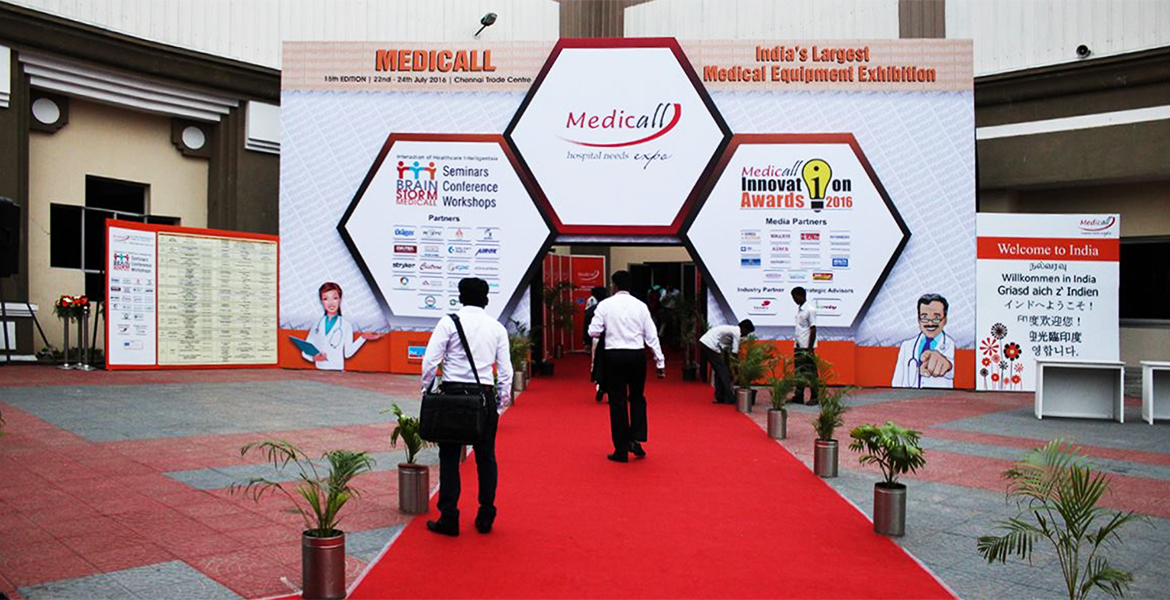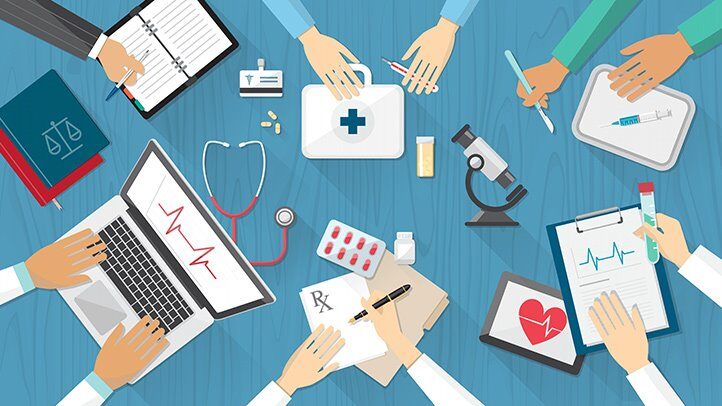Every correct diagnosis and every effective treatment incurs the benefits of change. But it is the diagnostics that the new technologies change first. New tools in laboratories, hospitals, and homes accelerates the turnaround of data into actionable decisions. Advanced diagnostics AI in pathology, molecular diagnostics, and portable biosensors are powerful and transformative tools in medicine. The future of medicine involves more than detecting a disease; it includes preventing disease and personalizing care.
Taking the Step from Microscopes to Microchips
Medical testing with microscopes and slides was the standard until the late twentieth century. Digital pathology, AI image analysis, and algorithmic determination of the detection of pathologic conditions is a radical and contemporary change. Even the most skilled pathologist will find it difficult to perform the tasks that now health care algorithms can perform, and the pathologist will not be able to perform it as rapidly as the AI systems perform it.
The pathologist will still be able to perform their more subjective and integrative tasks of value and diagnosis. The remote and collaborative sharing of insights and the application of deep learning to cancer diagnosis and the detection of rare slide cellular transformations is a new paradigm. This is not value shifting: it is value addition. Replacing days of tasks with hours and to achieve near perfection in time diagnostics is a true revolution.
Molecular Diagnostics: Understanding the Most Basic Dual and Triple Helix Structures
Molecular diagnostics investigates the DNA and RNA sequences associated with the roots of a medical condition or disease and offers a powerful approach to healthcare. The development of PCR (Polymerase Chain Reaction) technology, next-generation sequencing (NGS) and CRISPR-based assays allows clinicians to detect infectious agents, genetic disorders, and cancer markers with an unprecedented level of precision.
Molecular Testing became a permanent and indispensable component of diagnostics and healthcare integration during the COVID-19 pandemic. As a result of the integration of COVID-19 molecular diagnostics PCR testing, drug response testing, and evaluation of other pathological conditions became a reality.
Point-of-Care Testing: Diagnostics Brought to the Patient
Relocating diagnostic testing closer to the patient has resulted in patient self-testing. Portable analyzers, wearable blood pressure monitors, and smartphone diagnostic kits place healthcare technology diagnostics and self-monitoring in the hands of the patient. Test strips for glucose and real-time blood analysis devices enable a patient and healthcare provider to monitor for and detect conditions and disease processes that would otherwise be overlooked. Rural and underserved regions gain the most from these medical devices providing point-of-care (POC) testing. Remote monitoring and self-testing can aid in the detection and treatment of potentially debilitating conditions.
Testing’s future involves the integration of the lab setting into patient care environments.
Artificial intelligence and predictive analytics are major drivers for diagnostic tools. AI and machine learning are transforming healthcare not only by helping specialists quickly and accurately assess diagnostic data but also by quickly assessing and integrating multiple diagnostics to produce a comprehensive report.
AI predictive analytics are game changers for diagnoses where the focus of healthcare can shift from reactive to preventive. The ability to analyze thousands of cases simultaneously and assess patterns within the data provides powerful early warning signals for diseases such as heart disease, cancer, and other neurodegenerative diseases.
The integration of automation and smart technology and systems for all phases of diagnostic services where automation handles sample preparation, analysis and interpretation requires minimal human oversight. For diagnostic systems, the automated systems ensure standards and compliance with regulations. Systems within declining healthcare systems provide automation as a means of ensuring sustainable development.
The Ethical and Investment Landscape
Every innovative development brings with it the burden of responsibility. Within the domains of artificial intelligence, genetic testing, and advanced, data-focused diagnostics, issues of privacy, ethics, accessibility, and other oversights will have to be defended upfront. As the technology used in healthcare becomes more sophisticated, the protection of equity and access to healthcare in all forms and the safeguarding of patient data will have to remain primary objectives.
All the while, investment in diagnostic technology continues to grow rapidly. The world over, the amounts of venture capital and research and development resources allocated to medical testing technologies that are described in this paper proliferate.
The anticipated commercial and clinical value of the sector, and of the start-ups oriented to early disease detection and artificial intelligence diagnostic systems, explains this unprecedented investment.
Conclusion: Seeing Beyond the Sample
The process of medical testing is no longer a background activity. It is a transforming force in the patient’s journey to achieving the goals of modern medicine. The most powerful and disruptive forms of this technology are those that increase the clarity and precision with which we identify the most fundamental aspects of health and disease. While innovation continues to evolve rapidly in biomedical testing, the future of diagnostic medicine will not be limited to identifying what is presenting; it will include predictive, preventative approaches, coupled with highly individualized interventions.







